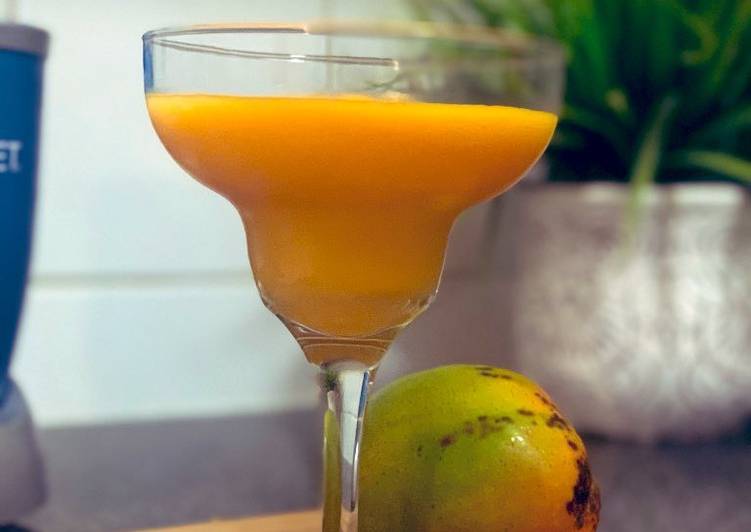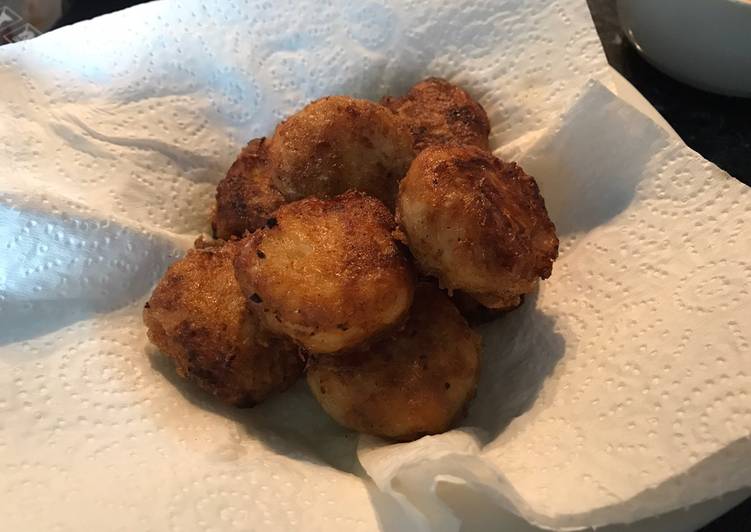
Hey everyone, it’s me again, Dan, welcome to my recipe page. Today, we’re going to prepare a special dish, bahmia (lamb). It is one of my favorites. For mine, I will make it a little bit tasty. This will be really delicious.
Bamia is a stew with lamb or beef cubes and okra in a tomato sauce base. This recipe for bamia is very simple. You can also make it vegetarian. Stir okra into lamb mixture, adding more water if necessary, and bring to a boil.
Bahmia (lamb) is one of the most well liked of current trending meals on earth. It is easy, it’s fast, it tastes yummy. It’s enjoyed by millions every day. They are nice and they look fantastic. Bahmia (lamb) is something that I have loved my entire life.
To begin with this particular recipe, we have to prepare a few components. You can have bahmia (lamb) using 10 ingredients and 23 steps. Here is how you cook that.
The ingredients needed to make Bahmia (lamb):
- Take 2 large onions
- Get 3 cups basmati rice
- Make ready 2 lamb shanks (or equivalent of cheaper cuts)
- Prepare 400 g Ladies fingers (bahmia)
- Prepare 50 g/ half a packet of coriander
- Prepare 120 g to 150g of tomato paste
- Make ready 2-4 large tomatoes
- Get 2 sticks cinnamon
- Prepare Seasoning: salt, tumeric, a small pinch of saffron
- Get Others: olive oil
Bamia is a Middle Eastern, Anatolian and Greek stew prepared using lamb, okra and tomatoes as primary ingredients. Additional ingredients used include tomato sauce, onion, garlic, cilantro (coriander), vegetable oil, cardamom, salt and pepper. The word "bamia" itself simply means "okra" and it is etymologically an Arabic word. Vegetarian bamia is very popular during fasting seasons such as.
Steps to make Bahmia (lamb):
- Peel and dice 2 onions
- Add into a pot with hot olive oil, saute onions until brown
- Wash the rice a few times then fill up to double it's height in water and leave the rice to soak for 10 Min. Add salt and leave to soak till ready to start cooking.
- Add the lamb meat to the sautéed onions. Add a teaspoon or two of salt to the lamb.
- Cook the lamb until visibly brown or well seared then add water and continue to cook by simmering for 45 to 60 min on its own. Carry on with other steps while cooking but start adding the other ingredients in order after this initial time. Bonus: Pictured below are the various pots and pans used for reference in size.
- Start cooking the rice by bringing to a boil (approx. 15 min or until half cooked, the rice should look half transparent/opaque). Then drain the rice and Blanche it with cold water through a colander. The rice will be further cooked later.
- (optional) trim the less sightly and more pulpy bits of the ladies fingers
- Start frying the ladies fingers in olive oil medium heat. Cook until softer, approx. 5-7min
- Soak some saffron, a small pinch, in hot water. Add into mixture into the lamb pot after about 5 Min
- Rice with tardic: Melt a stick of butter in water in the pot used for the rice, switch off the flame and pour out half to save for later. Line the bottom of the pot with wrap bread. Add a bit of the butter water mixture ontop. Then add the rice back in to the pot. Pour the rest of the butter mixture and a few dashes of olive oil and mix it in a bit. Fold a piece of cloth over the lid and continue cooking the rice under low heat. Approx. 30 min. Bonus note: slightly higher heat at the start.
- Fry the cinnamon to release the flavour. Then add 2 tablespoons of tumeric and mix until the olive oil is absorbed. Then add the tomato paste. You may use grilled tomatos to supplement. Use water to rinse the can or jar and as a way to add water to the mix. Cook on medium heat for about 2 Min then add to the lamb pot, use water again to "rinse" that frying pot.
- Fry the tomato until it starts turning mushy.
- Cut off the bottom part of the coriander with the thick connective stem and roots. Then break the coriander in half. Add the less leafy half into the lamb pot now. The leafier bit will be added later.
- Start cooking the rice by bringing to a boil (approx. 15 min or until half cooked, the rice should look half transparent/opaque). Then drain the rice and Blanche it with cold water through a colander. The rice will be further cooked later.
- Start getting the ladies fingers in olive oil medium heat. Cook until softer, approx. 5-7min
- Soak some saffron, maybe a small pinch, in hot water.
- Rice with tardic: Melt a stick of butter in water in the pot used for the rice, switch off the flame and pour out had to save for later. Line the bottom of the pot with wrap bread. Add a bit of the butter water mixture back. Then add the rice back in to the pot. Pour the rest of the butter mixture and a few dashes of olive oil and mix it in a bit. Fold a piece of cloth over the lid and continue cooking the rice under low heat. Approx. 30 min. Bonus note: slightly higher heat at the start.
- Fry the cinnamon to release the flavour. Then add 2 tablespoons of tumeric and mix until the olive oil is absorbed. Then add the tomato paste. You may use grilled tomatos to supplement. Use water to rinse the can or jar and as a way to add water to the mix. Cook on medium heat for about 2 Min then add to the lamb pot, use water again to "rinse" that frying pot.
- Fry the tomato until it starts turning mushy.
- Cut off the bottom part of the coriander with the thick connective stem and roots. Then break the customer on half. Add the less leafy half into the lamb pot now. The leafier but will be added later.
- 10 Min later add the rest of the coriander and tomato. Continue cooking another 5-7 Min. Taste and add salt (or more tomato paste etc. as you see fit next time you cook this again). Pictured below is a close-up of the dish when served later.
- Plate out the rice and scoop out the remaining rice into a bowl for keeping. Now only the "tardic" will be left. Add some olive oil if you need, then put the pot back on high heat and get the tardic crispy. If you send it's starting to burn quickly turn it off. Scrape the edges of the tardic. Then Blanche the bottom of the pan on cold water and flip the tardic onto a plate. If done right it should come out nicely if not scrape it out.
- If desired peel some raw garlic as a companion condiment. Plate everything as pictured in the dish and enjoy!
The word "bamia" itself simply means "okra" and it is etymologically an Arabic word. Vegetarian bamia is very popular during fasting seasons such as. Bamia is the Arabic word for okra, and is a stew primarily consisting of okra, lamb, and tomato. Originating in Africa and the Middle East , there are variations to bamia, depending on the country, including added spices, vegetarian and non-vegetarian versions (beef instead of lamb), and staple accompaniments. Bamia is an okra stew with beef or lamb, or sometimes it can be made as a vegetarian version.
So that is going to wrap it up for this exceptional food bahmia (lamb) recipe. Thanks so much for reading. I am confident you will make this at home. There’s gonna be interesting food at home recipes coming up. Remember to bookmark this page on your browser, and share it to your loved ones, friends and colleague. Thanks again for reading. Go on get cooking!

